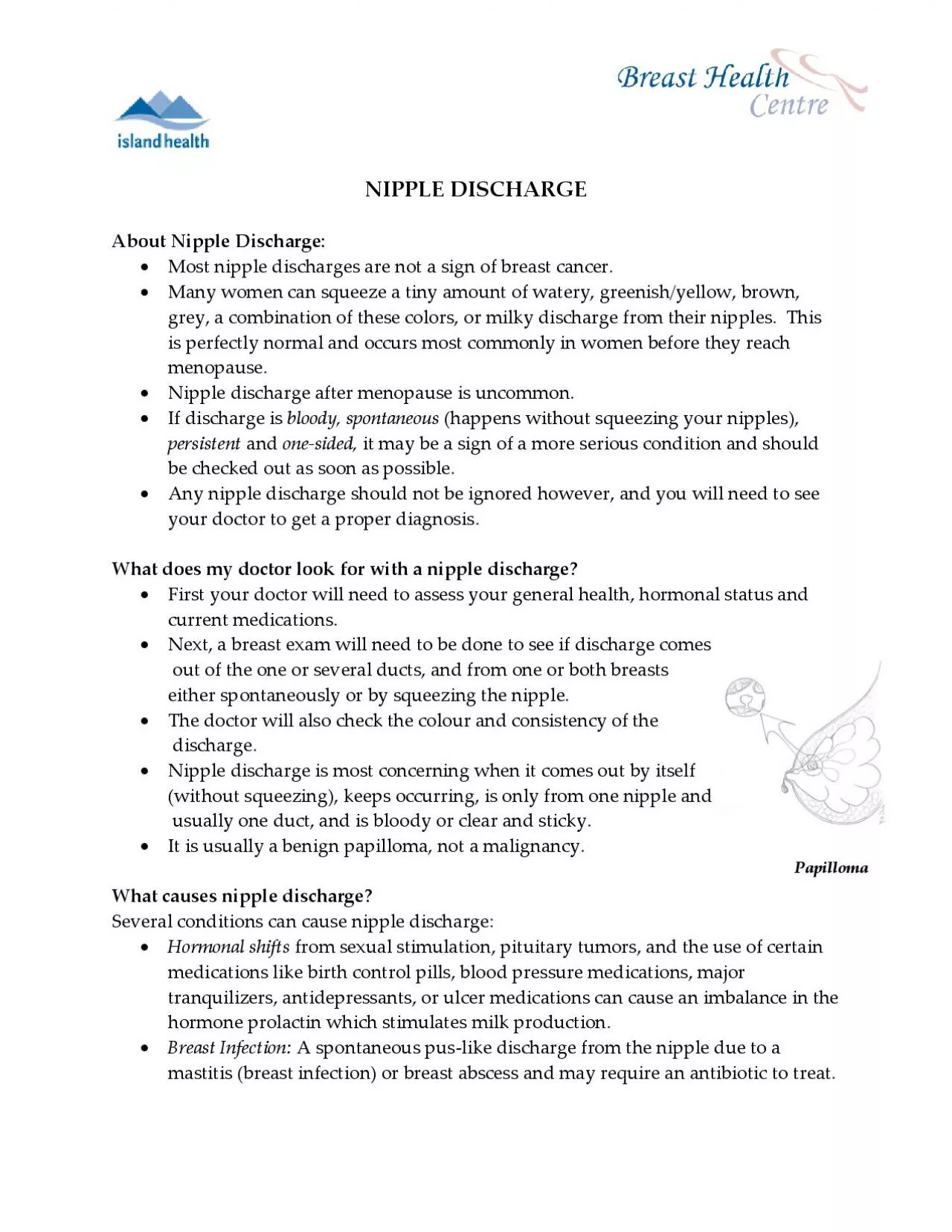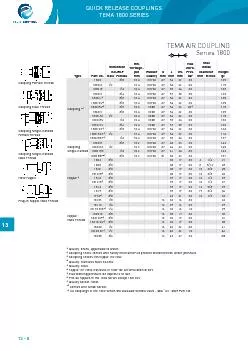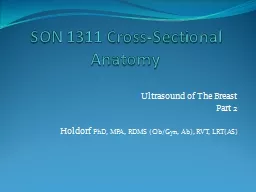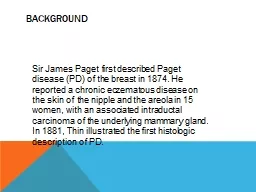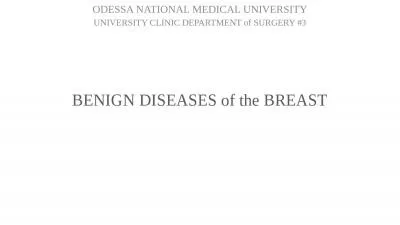PDF-NIPPLE DISCHARGE
Author : ash | Published Date : 2022-08-19
About Nipple Discharge Most nipple discharges are not a si gn of breast cancer Many women can squeeze a tiny amount of watery greenishyellow brown grey a combination
Presentation Embed Code
Download Presentation
Download Presentation The PPT/PDF document "NIPPLE DISCHARGE" is the property of its rightful owner. Permission is granted to download and print the materials on this website for personal, non-commercial use only, and to display it on your personal computer provided you do not modify the materials and that you retain all copyright notices contained in the materials. By downloading content from our website, you accept the terms of this agreement.
NIPPLE DISCHARGE: Transcript
Download Rules Of Document
"NIPPLE DISCHARGE"The content belongs to its owner. You may download and print it for personal use, without modification, and keep all copyright notices. By downloading, you agree to these terms.
Related Documents

